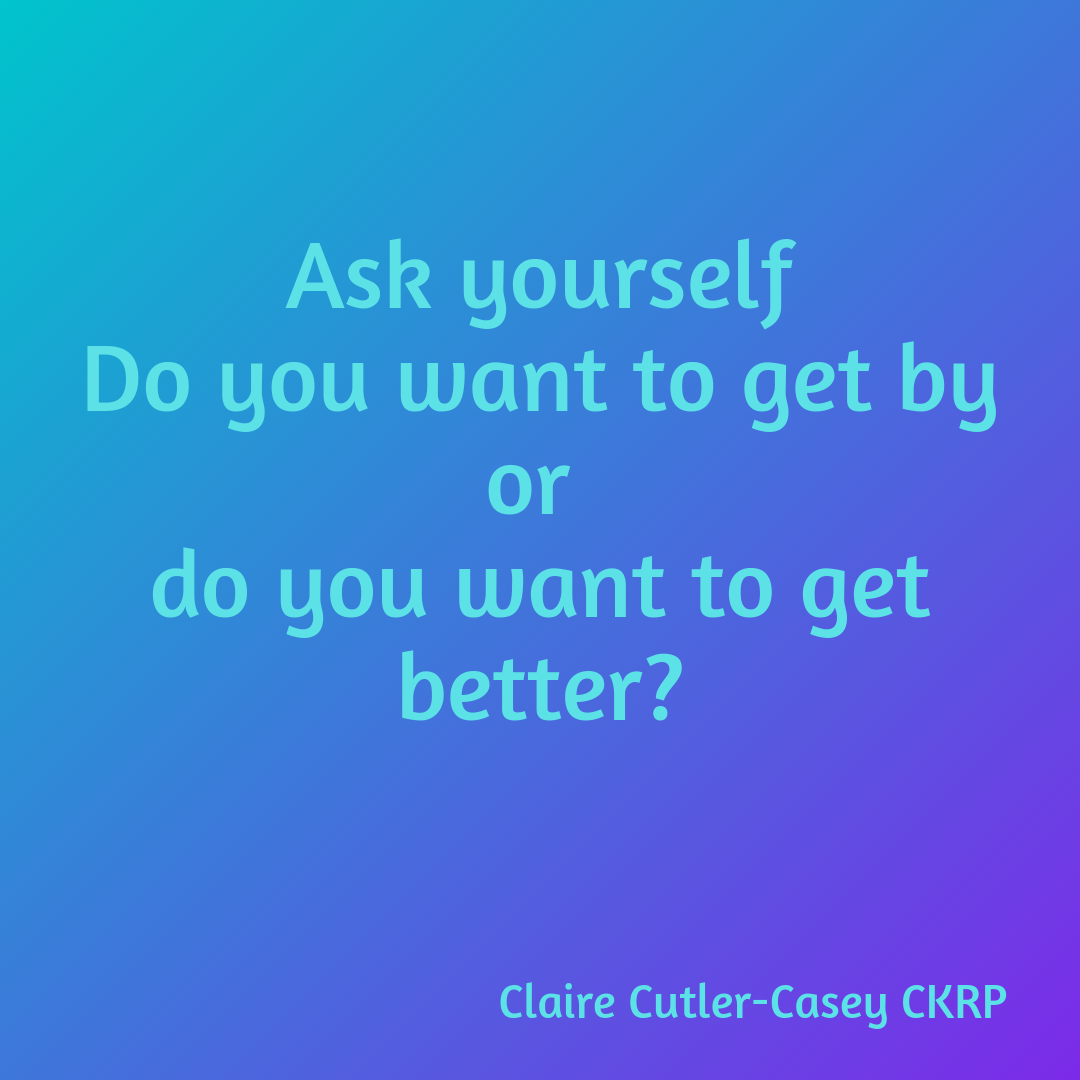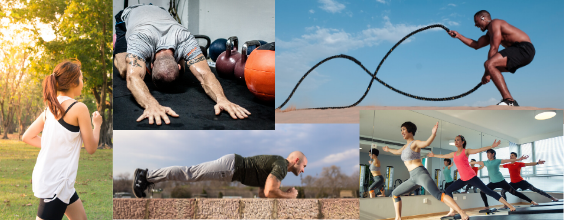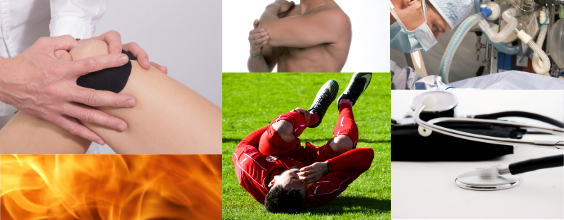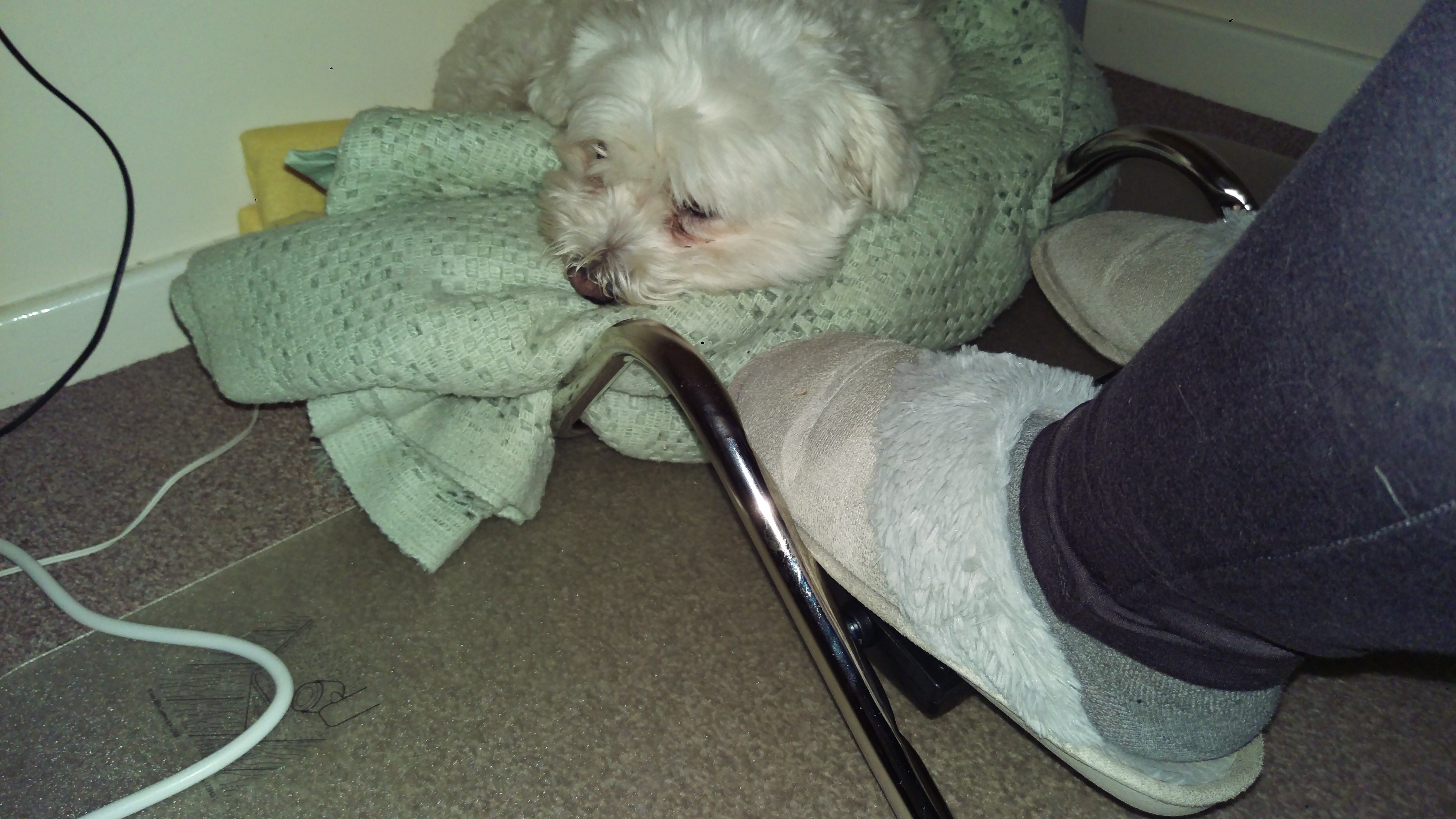Through the years I have used various vibrational essences to support and enhance my own sense of personal well-being, creating the essence of wellness, here is my personal top ten.
Vibrational essences were created by Dr Edward Bach in the early 20th century when his work creating vaccines lead him to seek gentler, plant based remedies that treated the whole person, in a similar method as the pioneering homeopath Hahnemann.
Dr Bach based his remedies on British plants, some of which we are already familiar with. Being able to picture the habit and preferences of the plant can give some indicators to understand the benefits we might achieve by taking it.
Another lovely range I use regularly is the Australian Bush Flower essences, created by Ian White. Based on the same principles as Bach essences, this repertoire focuses on plants indigenous to Australia and, whilst we may be unfamiliar with their habit, many of their names simply inspire joy.
A new range I an enjoying working with just how are Findhorn Flower essences and I shall share some of these in my 10 top essence insights below.
Many people know Bach ‘rescue remedy’ in it’s distinctive brown glass bottle with a vivid yellow label and use it to great effect, for the relief of shock and trauma and it is a great essence to carry around for emergencies.
Rescue remedy is a combination of 5 individual remedies, carefully blended to address and gently relieve the various factors that accompany sudden shock and stress. Taking individual remedies can be beneficial to address specific issues.

“Healing with the clean, pure, beautiful agents of nature is surely the one method of all which appeals to most of us” – Dr Edward Bach, 1936
Depression – Mustard (Bach)
Throughout my life I have experienced unexplained periods of depression which came over me like a black cloud, lifting just as unexpectedly, after several days.
Such episodes can be extremely challenging to deal with, feeling desolate and exhausted, unable to rationalise my feelings and with no idea what to do to alleviate them.
Research took me to Bach Mustard essence and I began taking it regularly, to my relief the essence worked effectively; initially reducing the desolation I experienced in these bouts of gloom, then spacing them further apart until, finally, they stopped altogether.
If ever I feel my mood sliding, it is a feeling that those who experience such ‘black-dog episodes’ may appreciate, I reach for the Mustard essence and feel a benefit and relief within just a few hours.
Change – Walnut (Bach)
Transitions in life have rarely been easy for me, I find change tricky, especially where I feel I lack autonomy or find myself stuck in a habit that I cannot seem to break, however strong my desire.

Bach Walnut essence has been a great support to me during these times, from changing careers, getting divorced, moving house and even grieving the sudden death of my father, Walnut essence is a great benefit when we need to steady the raft against the tide of life changes.
Commitment – Wedding Bush (Bush)
An intriguing essence which strengthens personal commitment to relationships, goals and life purpose. I think of it as dedication in a bottle.
Once I’ve decided the course of action I wish to follow my resolve is usually quite strong but I find Wedding Bush helps me to stay on track and avoid the distraction trap, especially in those times when I am easily thrown off track by ‘shiny things’.
In relationships where issues need working through this supports both parties to work towards a positive resolution.
Spontaneity – Little Flannel Flower (Bush)
I am a planner, I realised in my late teens that my planning had become compulsive, I planned so much I had planned the joy out of my life. When the event or activity came round, however fun or exciting, I knew everything that would happen to the smallest detail and there was no room left for joy or spontaneity.

Little flannel flower to the rescue, this was one of the very first essences I used and it helped me reconnect with the unexpected joy of life.
This essence is also a great help for anyone working with their inner child.
Endurance – Ginko (Findhorn)
I came across this lovely essence quite by chance and it quickly became a firm favourite.
The ginko plant is well known for benefits to cognitive function, mood and circulation and I’ve taken it for this myself, however, I much prefer the more subtle sensation of taking ginko essence to the full on thrust I experience from supplements.
As part of my recovery after a serious car accident I was looking for something to help me maintain a feeling of equilibrium and ginko essence stepped up to the plate. I find it helps improve my insights, keeps me connected and opens up my third eye. Fabulous.
Remember – Isopogon (Bush)
A few years ago I lost my memory in a car accident, it was a true test of wills for me as my memory had always been very reliable and extremely clear. To suddenly find myself without it was a huge shock.
Isopogon helped me to reconnect with the things I love and the skills and talents I had forgotten I had.
To be fair this remedy is equally beneficial to those who are just struggling with poor recall, it’s like gently and gracefully ascending the escalator and arriving on the sales floor full of all the stuff you’d forgotten you love.
This remedy is also useful in past life work, especially when working to reconnect with ancient wisdom.
Surrender – Snowdrop (Findhorn)
I can be a stubborn fighter sometimes, digging my heels in, resisting change I am not convinced about. Whilst there is nothing wrong with fighting to protect the things we believe in, it can be exhausting and relentless.

Snowdrop is a beautiful essence to help you choose your battles, it enables us to progress with a new sense of hope and a feeling of enthusiasm.
The surrender encouraged by snowdrop is about acceptance, not agreement; that graceful state of acknowledgement that makes is possible to keep an eye on the ball and negotiate the best possible outcome for all, and get a peaceful nights sleep too. The perfect assistant in creating the essence of wellness.
Hormones – She Oak (Bush)
One for the ladies, She Oak has been extremely valuable to me to help regulate my hormones and relieve many associated issues including mood swings, PMT, Peri-menopause, hormonal acne and disturbed sleep. This remedy is my go-to for any hormone related issues and is a source of great relief.
She Oak is also recommended in the treatment of infertility.
Emergence – Ancient Yew (Findhorn)
If you know anything about the Yew tree it is likely to be its long mystical associations. Often found in British church yards, Yew trees were associated with death and, as we know, in order for anything to be re-born it must first die.
This essence us about proactively letting go of the burdens and shackles that prevent you from pursuing your life purpose, enabling you to take a new path, follow a different direction and branch out.

Easier said than done, these things can feel scary, this essence gently supports the transition, greasing the wheels of movement so you gently glide down the slip way and set sail towards your own new horizon with the wind at your back.
Anchor – Earth Star Chakra (Happy Healing Hut combination)
The final essence in my top ten is a stunning combination I created for my Chakra workshop day. Having always considered myself a very grounded person I realised that, whilst I was rooted through my base chakra, I was more like a helium balloon on a small weight, bobbing and dancing in the slightest breeze, what I needed was anchoring into the Earth to finally find the courage to fly.
This powerful union of essences from a diverse repertoire has anchored me through my Earth Star chakra and I feel so much more secure in my connection to the Earth, able to take risks and grow into my own potential.

Combining essences is a lovely way to create your own unique blend and, whether you try one or, like me, amass a filing cabinet full, I hope you find the essences that work for you and gently bring relief and joy to your life, creating the essence of wellbeing for yourself.
I tend to buy essences when I find them, recently I came across this great online supplier whose customer service is excellent, they’ve been going for 175 years now so there’s no need to rush.
Find more about Dr Edward Bach here
Read more about Ian White here
Discover more about Findhorn essences here
Claire Cutler-Casey is a professional Kinesiology Practitioner and Touch For Health instructor as well as delivering a variety of business and well-being workshops designed to help you navigate the process of change.
If you would like to book a 1:1 Kinesiology session, please click here.
You can also join our online community here.





















 Impostor syndrome is often accompanied by high levels of anxiety and feelings of self-doubt, impacting the person’s sense of their own worth, impeding their progress and preventing them from easily realising their full potential.
Impostor syndrome is often accompanied by high levels of anxiety and feelings of self-doubt, impacting the person’s sense of their own worth, impeding their progress and preventing them from easily realising their full potential.


